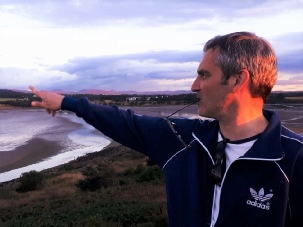
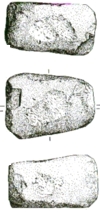
The Early Mines Research Group comprises Simon Timberlake, Paul Craddock,
Brenda Craddock, David Jenkins, Phil Andrews, Tim Mighall, John Pickin,
Jamie Thorburn and Anthony Gilmour.
This website was made possible by a grant from the Cambrian Archaeology Association

Simon Timberlake -
Excavations Director
Simon has undertaken excavation, field survey and geo-
Interested in experimental archaeology and the reconstruction of prehistoric mining processes, together with the smelting of copper, tin and lead using primitive furnaces. Has published (either singly or jointly) more than 50 papers on early mining or related subjects. He has recently been working in the Deutsches Bergbau museum on mining related projects at the Mitterberg (Austria) and in Georgia, and teaching experimental archaeology at the Ruhr University in Bochum, Germany. info@earlyminesresearchgroup.co.uk

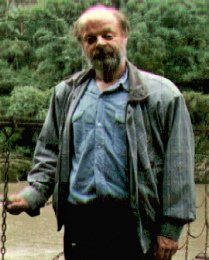
Paul Craddock -
Secretary
Researched metals in the Department of Conservation, Documentation and Scientific Research at the British Museum for many years before retirement in April 2005, and has specialised in all aspects of early mining and extractive metallurgy. Paul has worked on excavations and surveys around the world, including Bronze Age copper mines in Israel, King Croesus’ gold refinery at Sardis in western Turkey, copper mines in Nigeria, Roman silver mines at Rio Tinto in southern Spain and in Serbia, zinc in India and China and crucible steel production sites in Central Asia and southern India. In addition he has recorded traditional processes such as bronze mirror making in India, zinc distillation in China and blacksmithing in Nigeria. He has been secretary of the EMRG since its foundation and has participated in the excavations at Cwmystwyth as well as the smelting experiments at Alderley Edge.He previously taught Extramural classes on prehistoric archaeology and ancient technology for Birkbeck College, London University . He has published over 300 papers and has written several books on ancient mining and metallurgy. paulcraddock74@btinternet.com
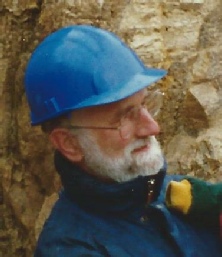
David Jenkins -
Chairman
Brought up in the Yorkshire Dales where a fascination in old lead mines and caves began. Studied for a first degree in geology which was followed by postgraduate research in trace element geochemistry and soils and ultimately by a lectureship in soils/geology at Bangor. Progressively involved in Quaternary geology and archaeology, which lead to becoming a trustee and then chairman of the Gwynedd Archaeological Trust. Research interests now primarily focused on prehistoric mining generally, and specifically on the Great Orme and then at Mynydd Parys. He has been chairman of EMRG since 1988. Since retirement as a Senior Lecturer, efforts have been concentrated on excavation, interpretation and conservation of the extensive Bronze Age and more recent workings on Mynydd Parys, subsequently becoming a founding trustee and a chairman of the Amlwch Industrial Heritage Trust. davejenkins@aol.com
Tim Mighall -
Tim completed a PhD (‘Palaeoecological aspects of early mining and metalworking in upland Wales’) at the University of Keele in 1992 and following that became a Senior Lecturer in the Department of Geography, Environmental Sciences and Disaster Management within the School of Science and the Environment at Coventry University. He is now a Senior Lecturer at the University of Aberdeen.
Tim’s principal research interests focus on reconstructing the environmental impact
(palaeopollution and vegetation change) of prehistoric and historic metal mines and
metalworking sites based on the coring, sampling and analysis of peat bogs close-
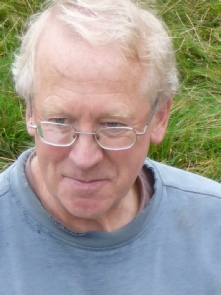
Phil Andrews
Discovered archaeology in 1975, after graduating from the University of East Anglia,
and has a particular interest in post-
In the 1980s took part in the British Museum investigations of several zinc and silver mining and smelting sites in NW India, and in the 1990s was a member of the Smithsonian / Oriental Institute team excavating the Early Bronze Age tin mine and settlement at Kestel / Goltepe in Turkey. More recently has returned to Spain, working on a Late Bronze Age tin producing site near Caceres. Since its inception in 1988, Phil has spent many enjoyable seasons digging with the EMRG in Wales. p.andrews@wessexarch.co.uk
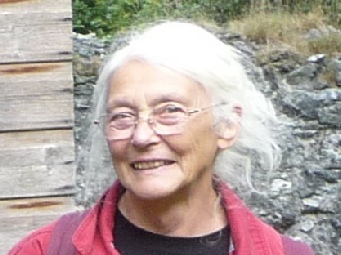
Brenda Craddock
Illustrator, recorder and archaeologist for the EMRG with extensive experience of
working on mining-
In Brenda’s words, she is the.. “illustrator who gets to the places other illustrators don’t reach…often under the most adverse of conditions …..dust storms, driving rain, blazing sun, underground in the dark and in bed under a mosquito net!” bbrose56@outlook.com
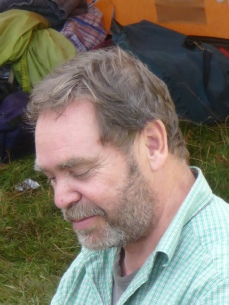
John Pickin -
Since graduating in prehistory and archaeology from Sheffield University John has
worked in field archaeology and museums; his last position was as Curator with the
Dumfries and Galloway Museums Service. He has a long-
John has been involved with a number of survey and excavation projects at early mining sites in Britain, Spain and Turkey and has a particular interest in the use of stone tools in early mining. His current research interests include the field evidence for medieval and earlier metal mining and smelting in the North Pennines and the Scottish Southern Uplands. pickinjohn@gmail.com
Anthony Gilmour
A Cardiff philosophy graduate, Anthony trained also in archaeology, where he has wide experience and interests, mainly in Britain. Since 1989 he has supported the work of the EMRG and other projects investigating prehistoric mining in Spain and Georgia.
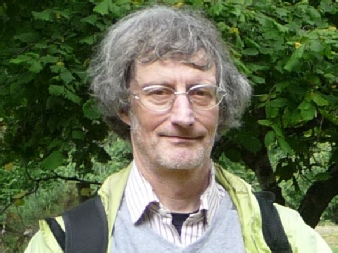
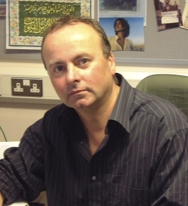
Jamie Thorburn
Jamie Thorburn worked as field archaeologist for a number of UK archaeological trusts,
including several years for the Clwyd-
Jamie has a long-
